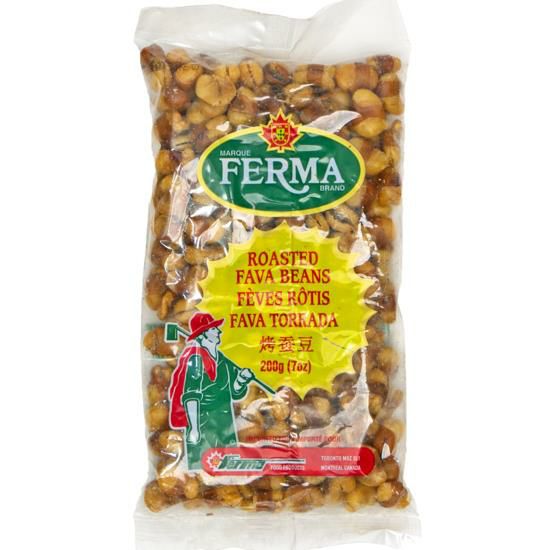Irish Red Ale Recipe

Irish Red Ale (20 Litres)
Ask most people, "What do the Irish drink?" and the answer will almost certainly be Guinness or Stout. Category 9.D of the BJCP style guidelines, the Irish Red Ale style displays a stark white head and red hues. It presents, sweet caramel, coffee and biscuit aromas, mouth-filling flavours with a smooth finish. Increase the total volume to 23 litres if a beer with less bitterness is preferred (decreasing the final alcohol content to approximately 4% abv
Ingredients
- 1.7kg Australian Pale Ale
- 500g Light Dry Malt
- 100g Crystal Malt Grains
- 50g Roasted Barley
- Yeast under the lid or an ale yeast of your choice
- Dextrose Corn Sugar or Carbonation Drops
Features:
- Colour: Amber
- Body: Medium
- Bitterness: Medium
- Approx. Alcohol Level: 4.5% ABV
- Naturally Carbonated: Natural
Instructions:

STEP 1: Mix
Crack the grains (by placing in a plastic zip-lock sandwich bag and using a rolling pin) add to 2 litres of water at the boil, remove from the heat and steep for 60 mins. Cool the liquid by placing the pan in a bath of cold water. Add to the fermenting vessel by pouring through a sieve or grain bag. Mix the other ingredients, top up to the 20 litre mark then sprinkle the yeast over the brew surface. Try to ferment in the range 18C – 20C if possible.

STEP 2: Brew
Ale yeast strains are generally the most reliable for home brewers, fermenting quickly and effectively. Ale yeast is supplied with most brew kits. Although Ale yeast can ferment at very high temperatures (as high as 40C), the closer the brew is to 21C the cleaner the flavour and aroma. Bottle when two SG readings are the same over consecutive days.

STEP 3: Bottle
We recommend the use of PET bottles or reusable glass bottles designed for storing beer. Bottles need to be primed so that secondary fermentation (producing the gas in the bottle) can take place
Priming
Add carbonation drops at the rate of 1 per 330ml/375ml bottle and 2 per 740ml/750ml bottle. Sugar or dextrose may be used at the rate of 8g per litre (approximately 6g of sugar to a level metric teaspoon). Store the bottles out of direct sunlight at 18C or above for at least 1 week while secondary fermentation occurs. Your beer can be consumed after 2 weeks. Bottles may be stored (conditioned) for long periods of time (3 months or more). Conditioning should improve flavour, reduce the size of the bubbles and make the yeast sediment more compacted.
STEP 4: Enjoy!
While we recommend leaving your bottles to condition at or above 18C for at least 2 weeks - you may find that your brew benefits from further conditioning. The final alcohol content should be approximately 4.5% abv.



Leave a comment